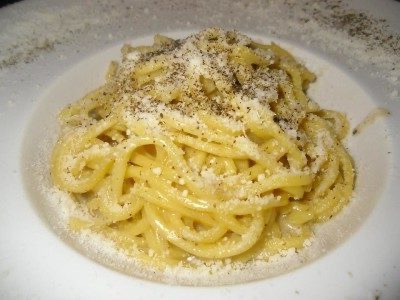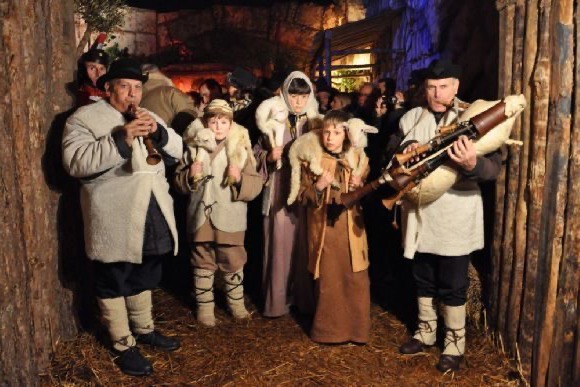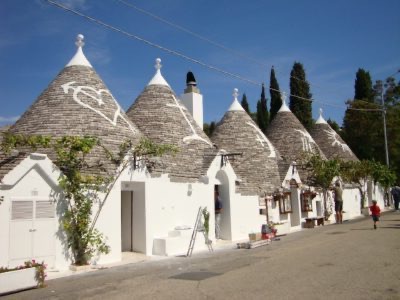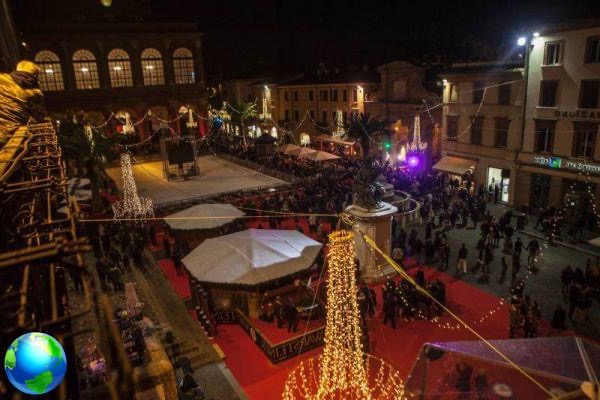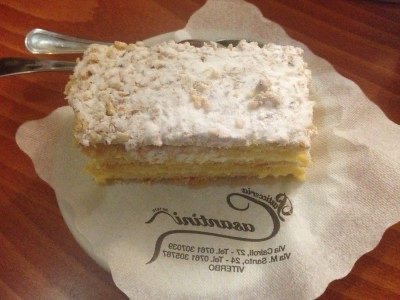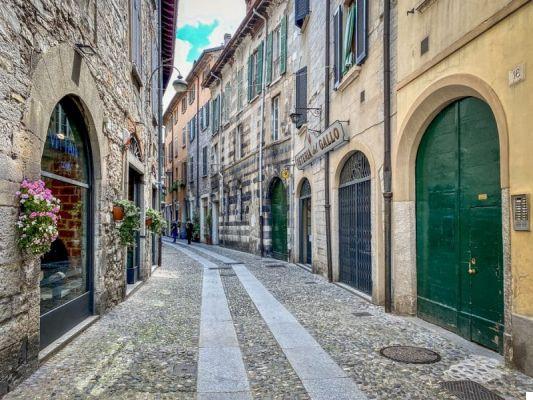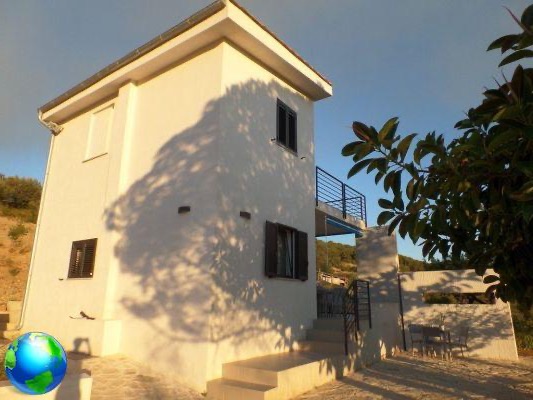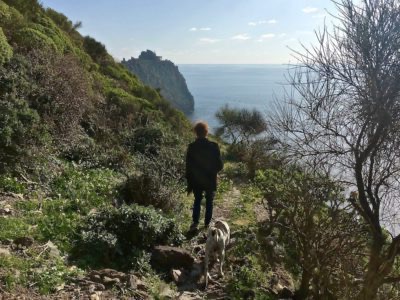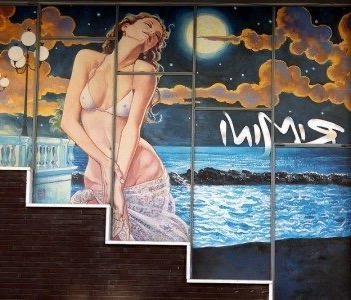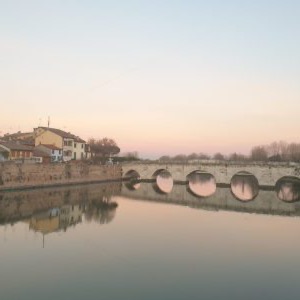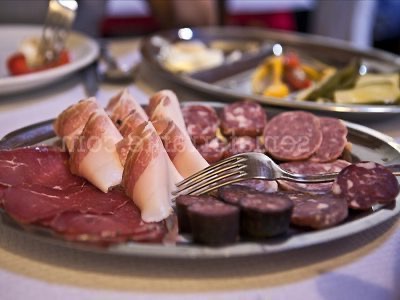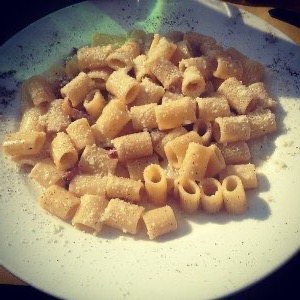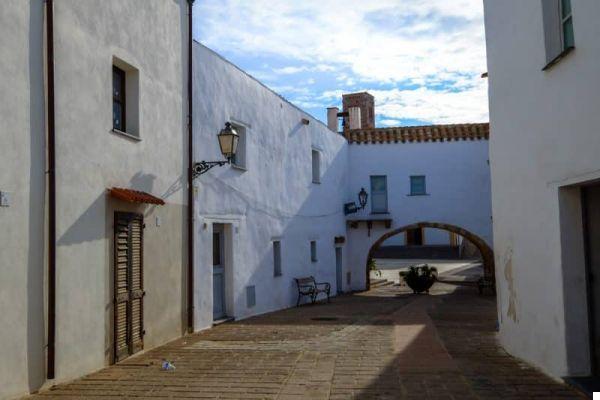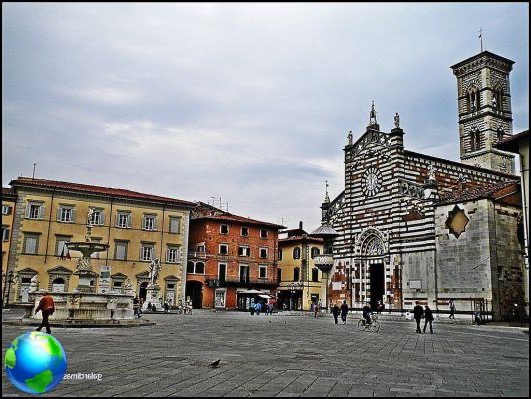
Dishes it is considered an industrial city and not very interesting from a tourist point of view, but in reality it would be worth taking a look at the historic center, rich in art and traditions. The main point of interest is the Duomo, an imposing black and white building overlooking the square of the same name.
La parish church of Santo Stefano, patron saint of the city, has very ancient origins and there is evidence that it was already built in the XNUMXth century for the inhabitants of Borgo al Cornio, the original Prato settlement. The alternation of the alberese and the green marble of Prato makes it original and it is curious to note how anyone who takes a walk in the center arrives at the square, not in front of the facade as usually happens, but in front of the lateral pulpit decorated by Donatello, one of the pride of the entire city.
The pulpit was created for the exhibition of the Sacred Girdle, the presumed belt of the Madonna, kept inside the church and shown in public only for solemn holidays, such as the September 8th, when Mary's nativity is celebrated. On this occasion, a historical procession, with figures from all over Italy, parades through the streets of the city up to the Duomo, where the bishop displays the relic from the pulpit.
Few people know the artistic heritage contained in the parish church and among all, the glazed terracotta lunette by Andrea Della Robbia stands out, placed just above the entrance portal. Inside, in the main chapel, you can admire the beautiful frescoes by Filippo Lippi, one of the most important painters in the area, after Masaccio. To the left of the cathedral, the Museo dell'Opera del Duomo it collects paintings and sculptures by minor artists and an archaeological section shows ancient finds. The ticket costs 5€ and only on Monday, Thursday, Friday and Saturday is it open until 18.30.
The fame of the parish, however, is linked to the Sacra Cintola, a thin strip of greenish wool with gold threads. It is said that Our Lady gave it to St. Thomas as proof of her assumption into heaven and that from hand to hand it had reached Michele Dagomari, an important XNUMXth century Prato merchant. He went to Jerusalem and came into possession of the relic, which he donated to the city only at the point of death.
Legend has it that the parochialism between Prato and Pistoia became even more heated by the attribution of the belt. In 1312, the canon of the Duomo in fact, a certain Giovanni di Ser Landetto da Pistoia, called Musciattino, tried to steal it and take it to his town. The bad weather, however, came to the aid of the people of Prato: the fog disoriented him so much that the poor canon was always at the starting point.
Having stocked the gates of the city, he thought he had arrived in Pistoia and shouted to his fellow citizens to open quickly, precisely because he had the treasure stolen from his neighbors with him. At this point the historical and popular testimonies give different versions on the fate of Musciattino: to tell the truth, one epilogue is more bloody than the other. What is certain is that one was cut from the canon hand, which the angry crowd threw against the Cathedral and which is still visible today above the side portal.
For sure, the sign is only due to a reddish vein of the marble, but the legend is still alive among the people of Prato, who continue to pass it on to new generations.





